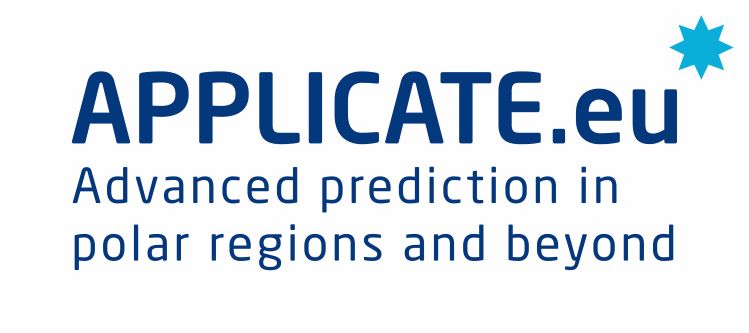Projects
The Copernicus Atmosphere Monitoring Service (CAMS) is providing services to meet the information need on atmospheric composition, including detailed distributions of reactive gases such as ozone, aerosol and greenhouse gases. CAMS provides daily analysis and forecasts, as well as reanalyses products. CAMS has a global service, implemented by ECMWF, and a regional air quality...
Atmospheric particles coming from various sources such as in desert dust, biomass burning emissions or volcanic ashes can cause significant problems in aviation such as rerouting due to poor visibility, disturbance in airport operations, massive cancelling of scheduled fights and mechanical problems such as erosion, corrosion or abrasion (engine flame out in flight). Remember...
The recent COP21 Paris agreement on climate ties the participating countries (Spain and the whole EU among them) to take actions to reduce anthropogenic carbon emissions in order to contain global warming within 2o C by the end of this century. This translates into the necessity to precisely estimate the compatible CO2 emissions well ahead of time to make sure targets are met. However,...
Our first objective is to improve the understanding of key processes that control the variability of the ice-ocean- atmosphere system at decadal time scale. The focus will be on the interactions between the components at regional scale and on the links with larger spatial scales. A specific attention will be paid to the surface mass balance of ice sheets and ice shelves, as...
The recent COP21 Paris agreement on climate ties the participating countries (Spain and the whole EU among them) to take actions to reduce anthropogenic carbon emissions in order to contain global warming within 2o C by the end of this century. This translates into the necessity to precisely estimate the compatible CO2 emissions well ahead of time to make sure targets are met. However,...
The aim of PAISA is to make a leap forward in our understanding of the origin of high atmosphere particular mattaer (PM) concentrations in main urban areas in Spain and to provide comprehensive spatial and temporal estimates of the contribution from different source classes (activities and regions) to the mixtures of PM components (both primary and secondary).
The overall objective of INTAROS is to develop an integrated Arctic Observation System (iAOS) by extending, improving and unifying existing systems in the different regions of the Arctic. INTAROS will have a strong multidisciplinary focus, with tools for integration of data from atmosphere, ocean, cryosphere and terrestrial sciences, provided by institutions in Europe, North...
Arctic climate change increases the need of a growing number of stakeholders for trustworthy weather and climatepredictions, both within the Arctic and beyond. APPLICATE will address this challenge and develop enhanced predictivecapacity by bringing together scientists from academia, research institutions and operational prediction centres, includingexperts in weather and...
The main objective of this project (MDRAF) was to describe the 3D structure of Mediterranean desert dust outbreaks and study their effects on radiation and atmospheric dynamics by means of numerical modeling (NMMB/BSC Chemical Transport model-NMMB/BSC-CTM). Moreover, the meteorological feedbacks and the forecasting accuracy of NMMB/BSCCTM when dust effects are considered were...







